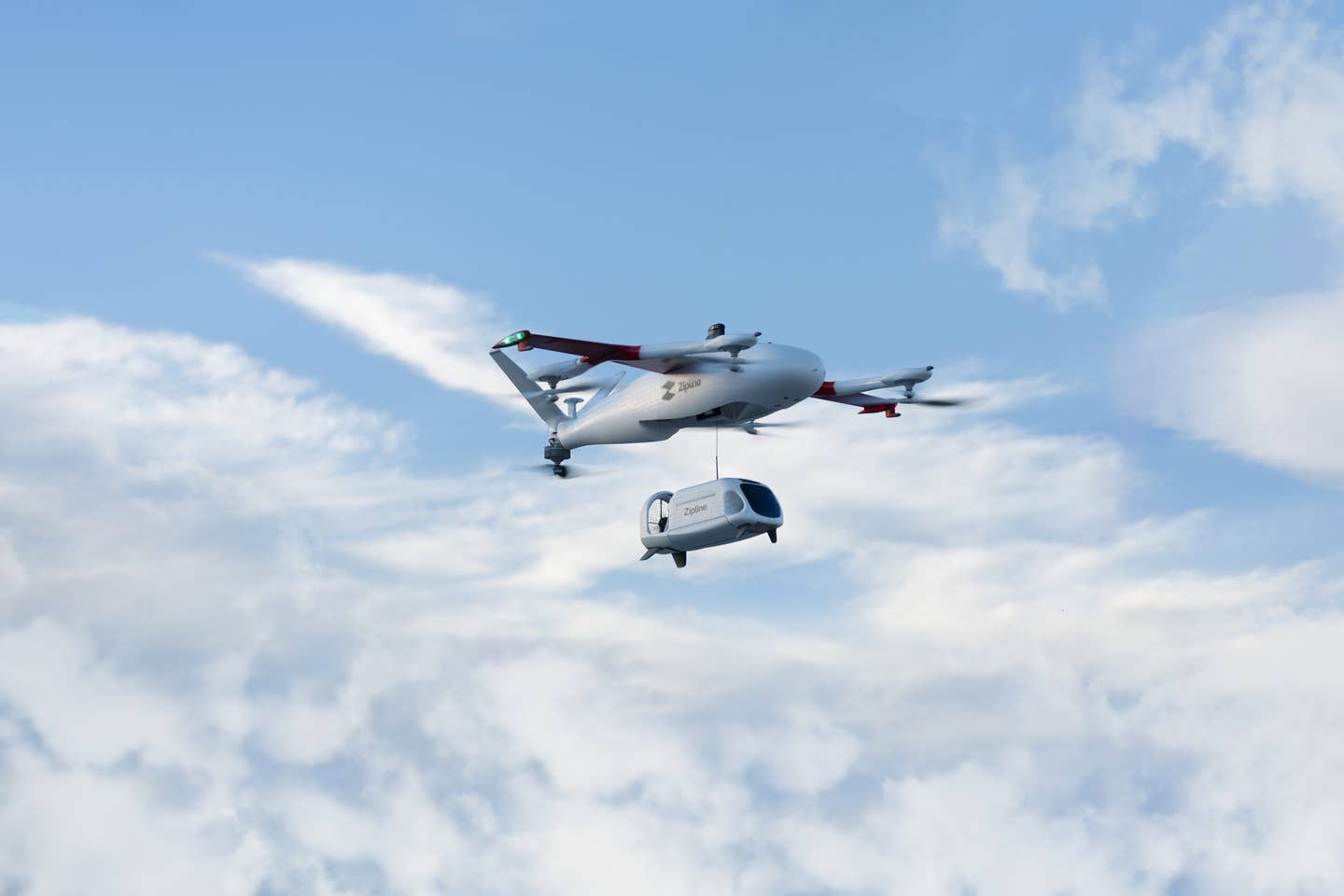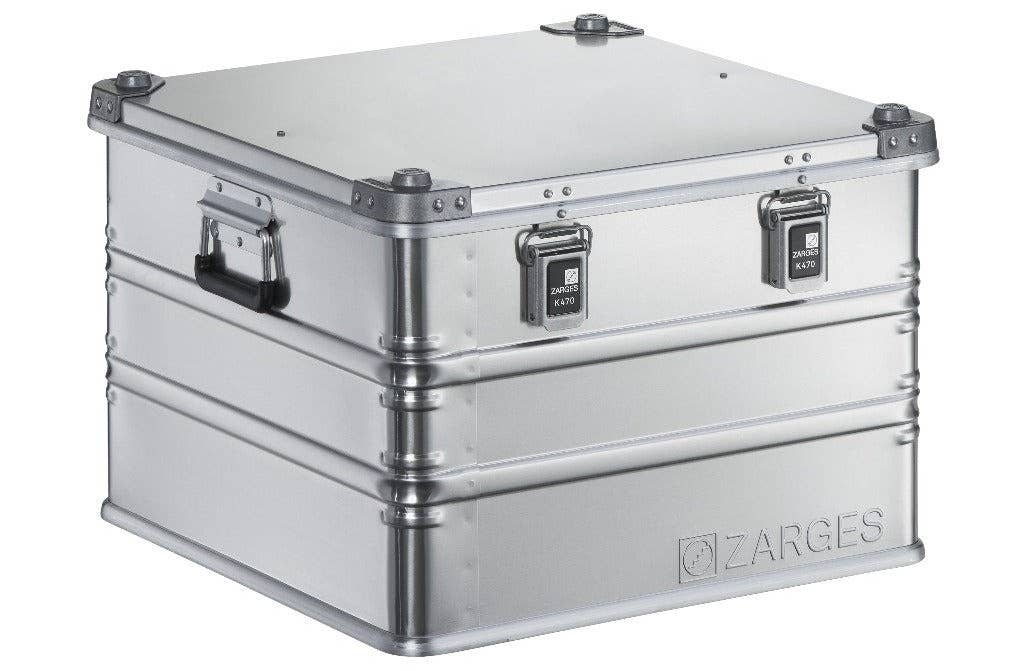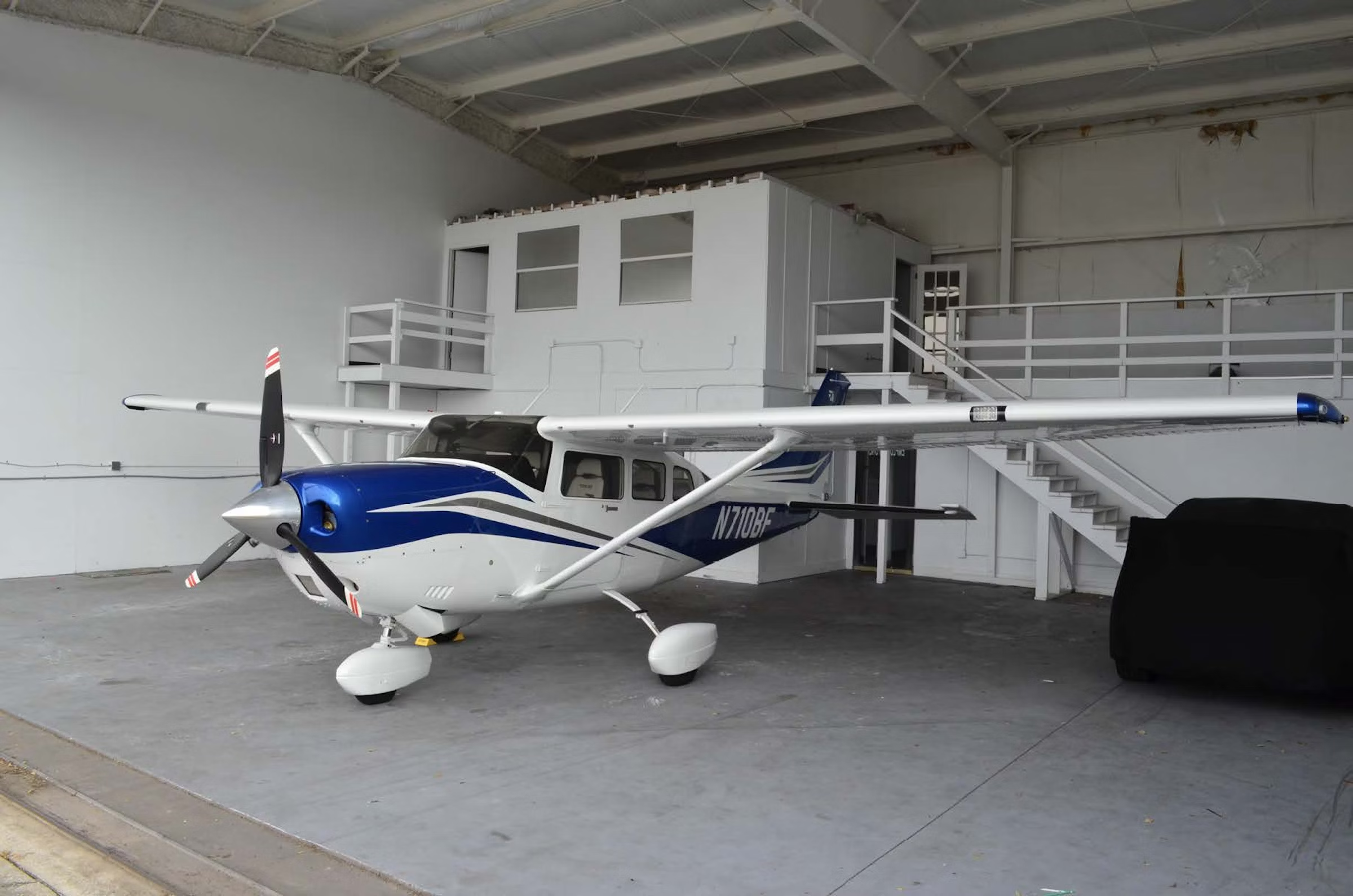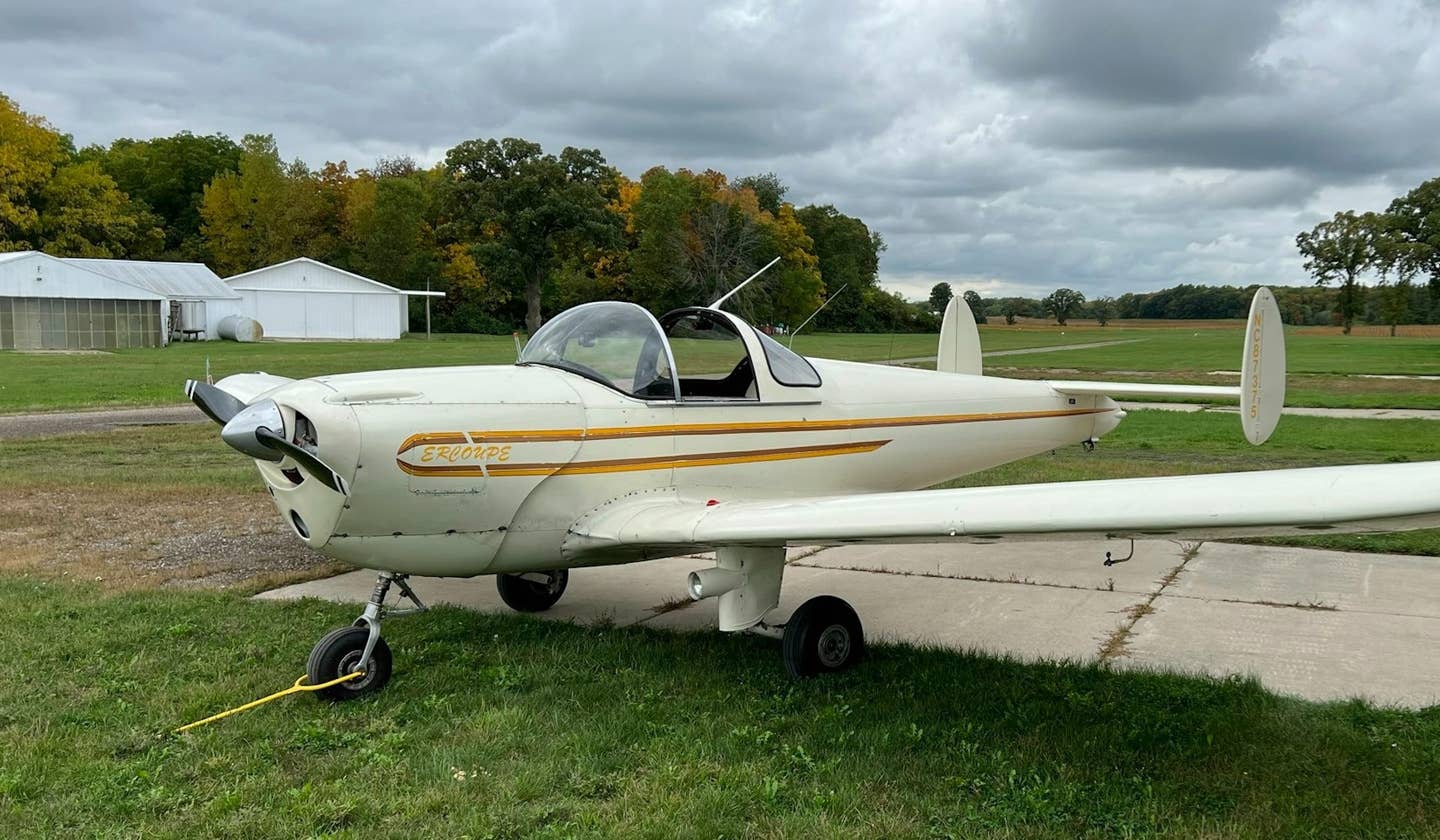NTSB: Black Hawk Involved in D.C. Midair May Have Been Flying Too High
Control tower data shows the U.S. Army helicopter was flying at an altitude around 300 feet despite restrictions limiting it to no higher than 200 feet.
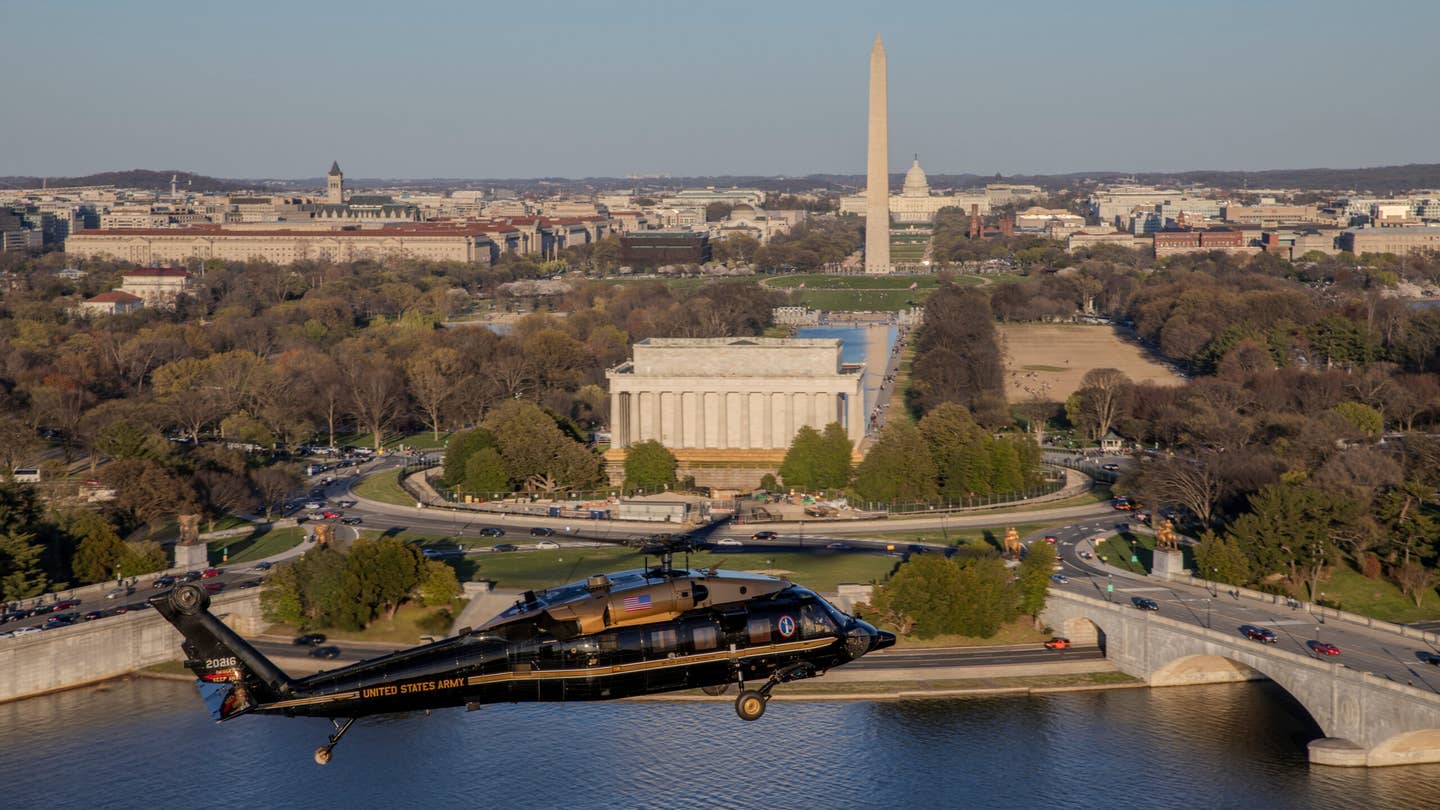
According to control tower data, the U.S. Army Black Hawk involved in the fatal midair collision may have been flying more than 100 feet higher than authorized. [Courtesy: Nicholas Priest/U.S. Air Force]
The National Transportation Safety Board (NTSB) on Tuesday revealed that the U.S. Army Black Hawk helicopter involved in a fatal midair collision near Ronald Reagan Washington National Airport (KDCA) last week may have been flying higher than authorized.
In an investigative update, the NTSB said data from the airport’s air traffic control tower display showed that the Black Hawk was flying at about 300 feet when it collided with a Bombardier CRJ-700 operating American Eagle Flight 5342, killing all 67 people aboard both aircraft. The data is rounded to the nearest 100 feet, meaning the helicopter may have been as high as 350 feet or as low as 251 feet at the time of the crash.
Either altitude is higher than the Black Hawk, which officials have said was conducting a routine training flight, would have been permitted to fly. The helicopter was traveling along a corridor above the Potomac River known as Route 4, which is used by military and law enforcement helicopters and intercepted the passenger jet’s flight path. But north of the Woodrow Wilson Bridge, where the collision occurred, the maximum permitted altitude along Route 4 is 200 feet.
The NTSB said it needs to verify the control tower data by recovering the Black Hawk from the river, which the agency expects will happen later this week. It will also continue transcribing cockpit voice recorder data for both aircraft.
David Wartofsky, a helicopter pilot and owner and operator of Potomac Airfield (KVKX), told FLYING that rotorcraft in D.C. airspace use a radio frequency reserved solely for helicopter operations. If the CRJ was not monitoring that frequency, Wartofsky said, its crew may not have seen the Black Hawk, believing it to be a safe distance below.
Wartofsky said pilots often do not hear the “other side” of air traffic control conversations when they involve multiple frequencies and pilots. That can give the impression that the airspace is clearer than it truly is.
Like this story? We think you'll also like the Future of FLYING newsletter sent every Thursday afternoon. Sign up now.

Sign-up for newsletters & special offers!
Get the latest FLYING stories & special offers delivered directly to your inbox



